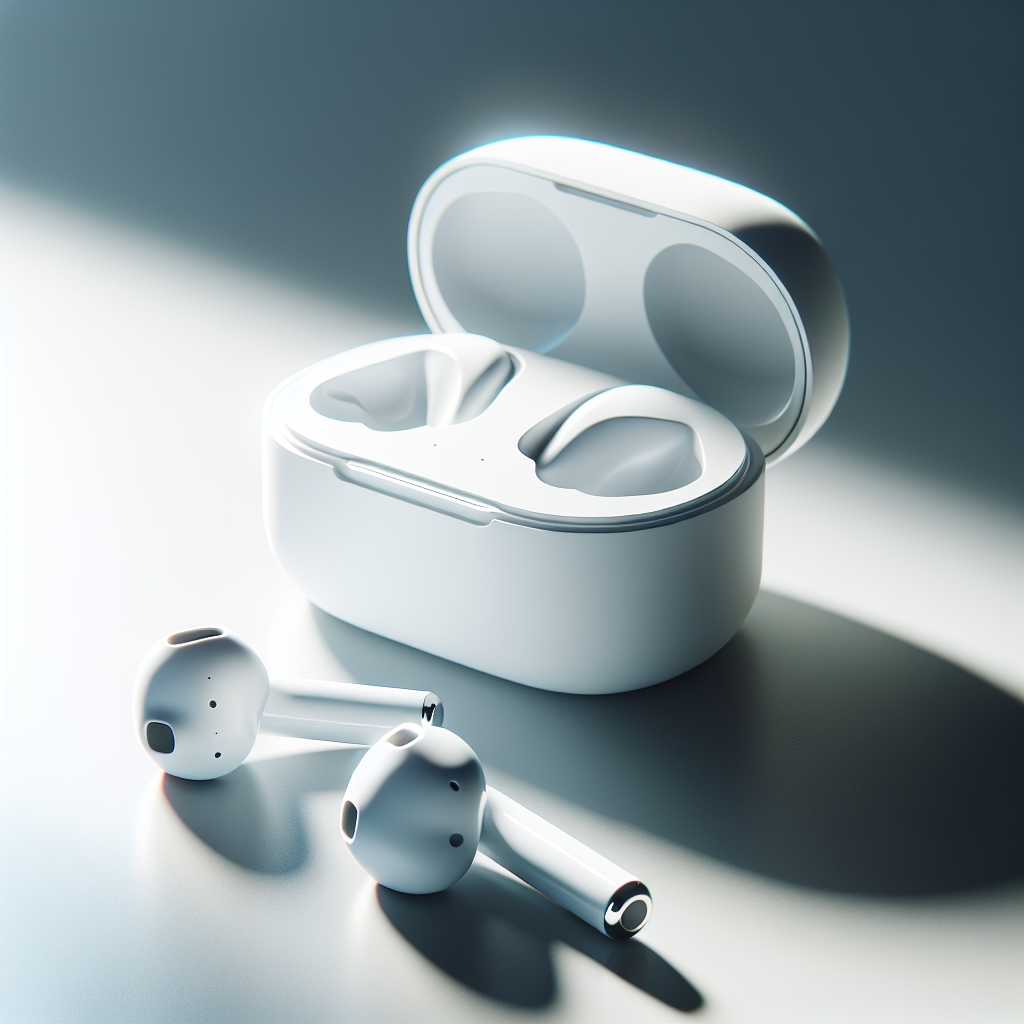The Influence and Evolution of Apple’s AirPods: A Deep Dive into the Wireless Revolution
In the rapidly advancing field of personal audio technology, Apple’s AirPods have emerged as a symbol of convenience and innovation that have significantly influenced consumer habits and expectations. Since their introduction, AirPods have not only become an emblematic product for Apple but have also spurred a wireless revolution in the earbuds market.
The Genesis of AirPods: Pushing the Boundaries of Wireless Audio
Apple’s foray into the world of wireless earbuds can be traced back to September 7, 2016, when they unveiled the first-generation AirPods during an event primarily focused on the launch of the iPhone 7 and iPhone 7 Plus. These models notably lacked the traditional headphone jack, a design choice that catalyzed the need for a reliable wireless alternative.
The initial reactions to AirPods ranged from skepticism over their design – particularly their likelihood to be easily lost due to their small, wireless nature – to admiration for their ease of connectivity with Apple devices thanks to the custom-designed W1 chip that streamlined pairing with iPhones, iPads, Macs, and Apple Watches.
Breaking Down the Technology: What Makes AirPods Tick?
Since their inception, each iteration of AirPods has introduced various technological improvements that enhance user experience.
2nd-gen AirPods introduced in March 2019 featured the H1 chip, which facilitated faster device switching and hands-free “Hey Siri” functionality. The Pro version introduced later that same year came with noise-cancellation technology, improved sound quality, and a transparency mode that allows for hearing ambient sounds while wearing them.
As the product line evolved, Apple also included features like spatial audio with dynamic head tracking in newer models to deliver a more immersive listening experience similar to surround sound systems.
Design Evolution and Sustainability Considerations
Alongside technological advancements, design refinements have contributed to the appeal of AirPods. Their form factor, characterized by minimalism and practicality in true Apple fashion, was refined to offer better ergonomics and comfort over sustained periods.
Sustainability has also emerged as an important aspect in later versions. While rechargeable lithium-ion batteries power AirPods providing hours of listening time on a single charge, concerns over battery life-span and replaceability raised sustainability questions. Recycling programs and initiatives for material recovery are parts of Apple’s strategy to address these challenges.
Market Impact: The Surge of Wireless Earbud Popularity
Apple’s launch of AirPods had precipitated a market shift towards wireless audio devices among consumers. Major competitors in both tech and audio manufacturing industries have since released their iterations of true wireless earbuds — evidence of AirPods’ market influence.
With solidified customer bases in both loyal Apple product users and those seeking convenient wireless solutions detached from any particular brand, AirPods have managed to dominate sales charts in the sector despite higher price points relative to some competitors.
Cultural Phenomenon: Wearable Technology’s Role in Everyday Life
Beyond pure technical capability, AirPods have cultivated a cultural phenomenon within wearable technology. They became more than a tool; these earbuds represent an urban lifestyle symbol — being hands-free, wire-free, boasting an impressive soundtrack for daily life even for those on-the-go.
They are often linked with flairs of prestige due to their sleek design and association with the premium branding of Apple. Moreover, meme culture festooned their popularity, which cycled back into entrenched social awareness for the product.
Notes
Image description: A pair of white Apple AirPods resting near its open charging case on a flat surface is brightly lit. The sleek earbuds showcase their distinctive stem design characteristic of the product.
IlPi4

